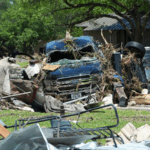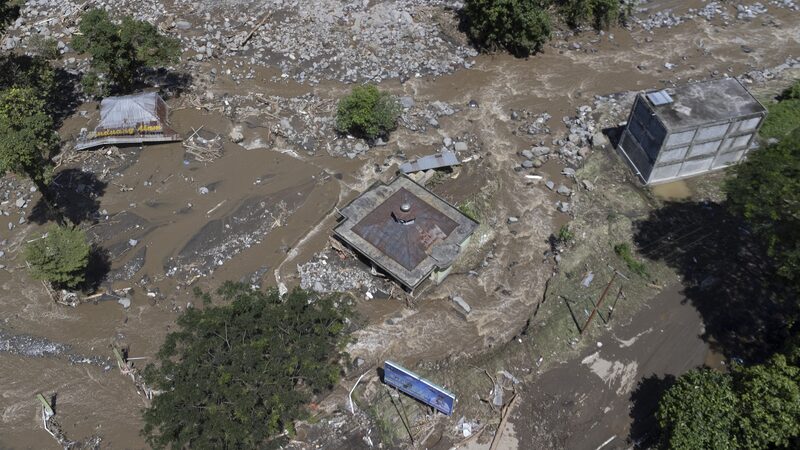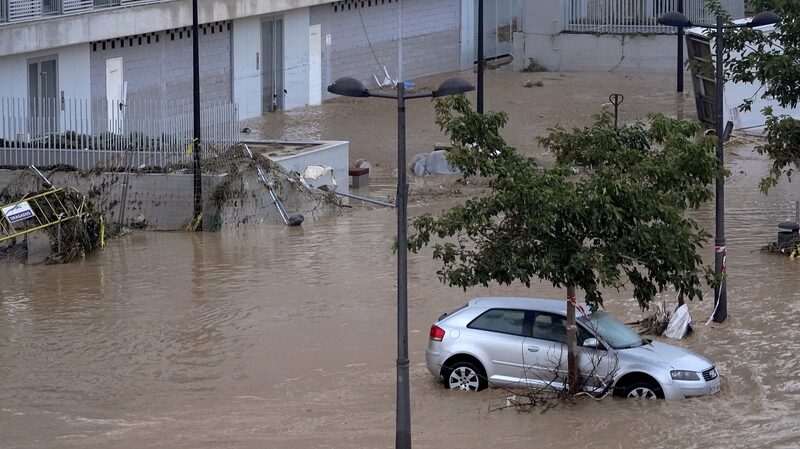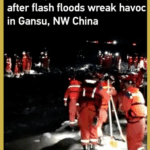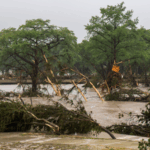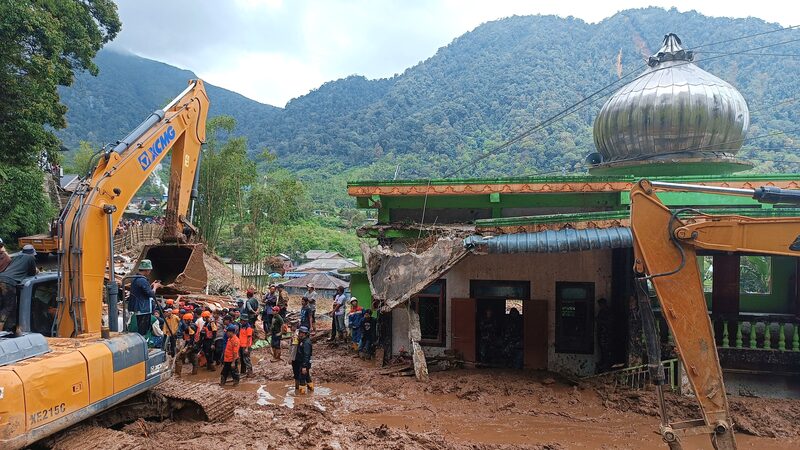Texas remains gripped by a deepening humanitarian crisis as search teams work tirelessly to locate at least 160 people still missing following catastrophic flash floods that struck during July 4 celebrations. The disaster, described by local authorities as "one of the most rapid-onset flood events in recent memory," has left communities reeling across multiple counties.
A Race Against Time
Emergency crews continue combing through debris-choked waterways and submerged neighborhoods, with the scale of destruction complicating recovery efforts. The floods, triggered by unprecedented rainfall, swept away vehicles and homes within minutes, according to eyewitness accounts.
"Entire families were separated in the chaos," reported CGTN’s Ediz Tiyansan from a Houston command center. "Rescuers are using sonar and drones to search floodplains stretching miles beyond normal boundaries."
Economic Toll Mounts
Business analysts warn of significant supply chain disruptions as major highways remain underwater. The Port of Houston, critical to global energy markets, has implemented emergency protocols amid concerns about delayed shipments.
Climate Context
While focused on immediate recovery, scientists highlight worrying precipitation patterns in the region. "This event aligns with models predicting more frequent extreme weather in the Gulf Coast region," noted Rice University climate researcher Dr. Amanda Cho.
Reference(s):
cgtn.com

